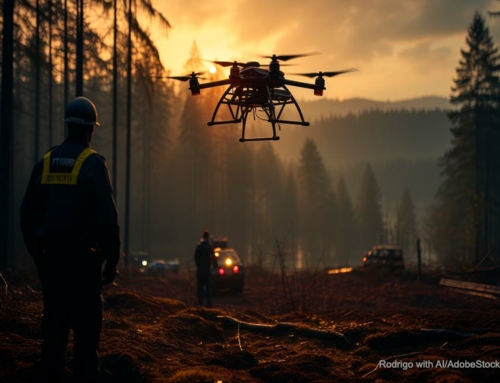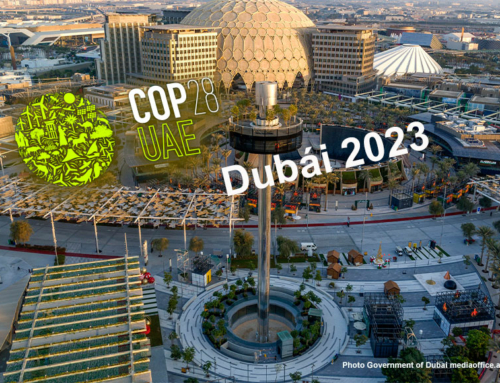Beat Air Polution
World Environment Day is celebrated on June 5, dedicated this year to the fight against air pollution with the moto “Beat Air pollution”. Established by the UN in 1972, during the Stockholm Conference, whose central theme was the normalization of human relations with the environment.
China will be the global host of the 2019 World Environment Day. The country’s government has committed that day to organizing celebrations in many cities, with a main event in Hangzhou, Zhejiang province. In the north of China there are several cities where the air is practically unbreathable due to pollution.
As a result of the serious environmental problems in the Asian country, BBC Mundo, in January 2017 entitled: “How to live in the most polluted city in China (and it is not Beijing)”. The story is about Shijiazhuang. “It’s a dense fog that covers everything,” says the reporter. Breathing it every day is dangerous. The pollution alarms the inhabitants of the cities in the north of China, where the masks are already part of daily life “.
Going back, one of the most connoted and serious air pollutions occurred in England. An event that history knows as the “Great Fog of 1952” happen in London.
Do you know what is the difference between air and atmosphere? In the following link we offer the answer, in addition we clarify the most frequent questions about air pollution.
What is the environment?
If we consider the dictionary definition of environment or environment, we must be the “system of circumstances or physical and biological factors that surround living beings and influence their development and behavior”.
Is the biosphere equivalent to the environment?
The definition of biosphere is the “system formed by the whole of life beings of the planet Earth and their interrelations”. That is, the space in which life develops. According to this pair of definitions, biosphere and environment are not equivalent concepts, but they are quite close. Now we will try to establish what is the size of the biosphere.
What is the maximum height where a bird has been found?
The record of greatest height in which the existence of a bird has been verified was during an accident, in 1973, in which a Ruppel vulture was hit by a commercial airplane that flew over Ivory Coast at 11,300 meters of height. Obviating this case, the common crane has been seen rising above the Himalayas at 10,000 meters. The goose of India flies about 8,800 meters, also on the Himalayas. The cantor swan sails to 8,000 meters high, above Northern Ireland.
What is the maximum depth where living beings inhabit?
In recent years, a species of snailfish has been discovered that lives in the Mariana Trench, the deepest place on Earth. Pseudoliparis swirei lives at 8,000 meters below the surface of the sea. On the other hand, Japanese scientists managed to record fish that navigate to depths of 8,134 meters.
How much does the biosphere measure then?
From these data we can calculate that the thickness of that narrow dome, formed by the atmosphere, the soil and the oceans, which we have given to name biosphere, measures 11,300 m. + 8,134 m = 19,434 m. In round numbers they are approximately 20 kilometers. Therefore, we say that it is a narrow dome, because if the radius of the Earth is 6.371 km, then the biosphere does not reach 1% (in fact it is about 0.3%). It is in this thin dome that we cohabit about eight million species on Mother Earth.
What are the causes of air pollution, the theme of this year?
Environmental pollution generally occurs when certain elements that cause harmful effects accumulate in quantities that nature cannot recycle. In the case of air, starting in the 1950s, the concentration of pollutants on a global scale reached levels never seen. This stage, which has not concluded, some specialists have called “the great acceleration.”
This has brought serious consequences such as environmental pollution, acid rain, the deterioration of the ozone layer, the greenhouse effect and pollution or smog that reaches intolerable levels, especially in mega cities, where overcrowding, respiratory diseases, allergies and other pathologies has proliferated.
What can be done to reduce air pollution?
To the extent that a greater number of electric cars, wind energy, solar energy, green cities are used, and the objectives of the 2030 Sustainability Agenda are met, the use of fossil fuels such as gasoline, coal and natural gas will decrease, and therefore the emissions of greenhouse gases.
The declaration of “Climate Emergency” by England, on May 1, 2019, followed by Scotland and hundreds of cities around the world, which were joined by some universities, is an important step to recognize the climate severity, in addition to attracting attention of the communities that inhabit the planet.
We maintain the hope of reaching a world without pollution, free of fears about catastrophic events, as a result of uncontrolled global warming and chaotic climate change.
Sandor Alejandro Gerendas-Kiss







Leave A Comment